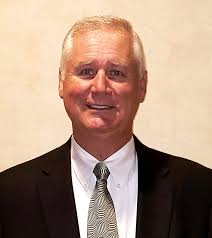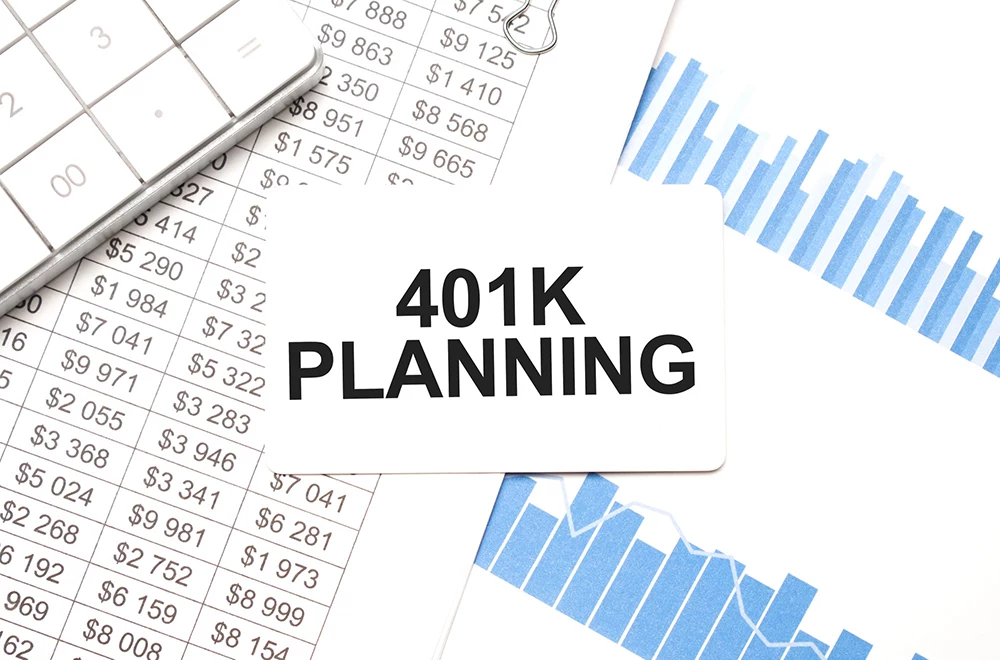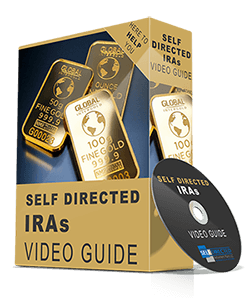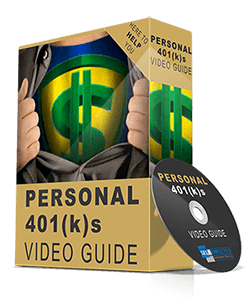If you are considering quitting or changing jobs, you’ll need to think about what you will do with your old 401(k) plan. Below are some options but these options depend upon the plan documents of your current plan and any new employer plan you may join.
In this article, we’ll discuss all these options in detail to help you decide which option may be better than the others.
Key Takeaways
What Happens to a 401(k) After You Leave Your Job?
After you leave your job, you cannot make contributions to your 401(k) plan. However, the money you’ve contributed during your employment is still your money, and you have the right to decide what to do with it.
What Can You Do With Your 401(K) After You Leave Your Job?
When you quit your job, you have these five options for your 401(k):
- Keep your 401(k) with your old employer
In most plans you have the option of keeping your 401(K) with your old employer if you have at least $5,000 in the plan when you leave the job. If the account balance is $1,000 and $5,000, the employer has the choice to either allow you to keep the money as it is or roll the 401(k) funds into an IRA for you.However, if you have less than $1,000 in the plan when you leave the job, the employer can allow you to leave your money in the plan, but they can also write a check for the full amount and force you to exit the plan. In such a situation, it’s important that you transfer the funds into another retirement account within 60 days to avoid penalties and taxes once you receive the check.If the fees are low and investment options are good, you may want to consider keeping your money where it is. In the meantime, you can start contributing to your new employer plan and allow the money in your old 401(k) plan to grow. - Roll your 401(k) over to your new employer’s 401(k)
This is the a common route people take. Make sure you do a direct transfer of funds and not a rollover. If it’s a rollover, your employer sends you a check of the 401(k) amount, which you have to deposit manually into your new 401(k) within 60 days to avoid income tax on the entire amount and an early withdrawal penalty of 10%.This option makes sense when your new 401(k) has lower fees and better investment options than your previous employer’s 401(k) plan. Or if you don’t like to have multiple 401(k) plans and prefer having your money in one place. - Rollover your 401(k) into an IRA
This is also a common choice for people who are leaving an employer, but their new employer does not offer a 401(k) plan. Rolling a 401(k) plan into an IRA requires you to do it through a brokerage firm or a bank separate from your employer. The most prominent benefit of a rollover to an IRA is that it offers more investment options with better control over your investments.Ensure that you choose direct transfer of funds instead of a rollover for the same reasons mentioned in option 2. If the IRA has lower fees and access to better investment opportunities, this move makes sense. - Take distributions
If you are 59 ½ and above, you can take qualified distributions from your 401(k) without being charged a 10% early penalty fee. However, these distributions will be treated as income and taxed at your normal income tax rate.If you are over age 55 but not yet 59 ½, you may take penalty-free distributions from your 401(k). This is only applicable if you are accessing the 401(k) from your current employer. If your 401(k) is left with your ex-employer, you’ll have to wait until you are 59 ½ to take penalty-free distributions.If you are not yet retired but have turned 59 ½, check with your employer if you can make withdrawals without getting penalized.When you turn 72, you have to take the required minimum distributions (RMDs). You are charged a 50% penalty if you fail to do so.
If you retire before age 55 or change job before age 59½, you can take distributions from your 401(k), but you will have to pay a 10% penalty, plus income tax. If you retire after age 55, but before 59½, the penalty does not apply.
If you have a designated Roth account, you have more options. You can take a distribution of principle any time . You can take tax-free distributions after age 59½ of earnings but you must have held the account for at least five years. If you do not meet the 5-year requirement, the earning portion of your distribution is taxable.
- Cash out
You also have the option to cash out your 401(k) when you leave your job. However, this is not advised because:- If you cash out before age 59 ½, you’ll have to pay income tax on the full balance plus a 10% penalty on the withdrawal and relevant state tax if applicable.
- Your funds in your 401(k) are creditor-protected. It means that your money is safe even when you file for bankruptcy. But when you cash out your 401(k), your money can be seized by your creditors or bankruptcy courts. So, if you think you might need to file for bankruptcy, don’t cash out.
- You rob your future self of compounding interest potential on investments.
Need assistance organizing your finances?
FAQs
What Happens If You Don’t Roll Over Your 401(k) Within 60 Days?
With indirect rollovers, you have 60 days to move the money from one 401(k) plan or Individual Retirement Account (IRA) to another. The funds will be taxed and potentially subject to an additional 10% early withdrawal penalty if the transfer is not finished within this time frame. This rule is commonly known as the 60-day rollover rule.
How fast can you get your 401(k) money out?
Those who withdraw money from their 401(k) accounts typically receive it within a few days.
Got More Questions?

Rick Pendykoski is the owner of Self Directed Retirement Plans LLC, a retirement planning company based in Goodyear, AZ. He has over three decades of experience working with investments and retirement planning, and over the last ten years has turned his focus to self-directed ira accounts and alternative investments. If you need help and guidance with traditional or alternative investments, call him today (866) 639-0066.




